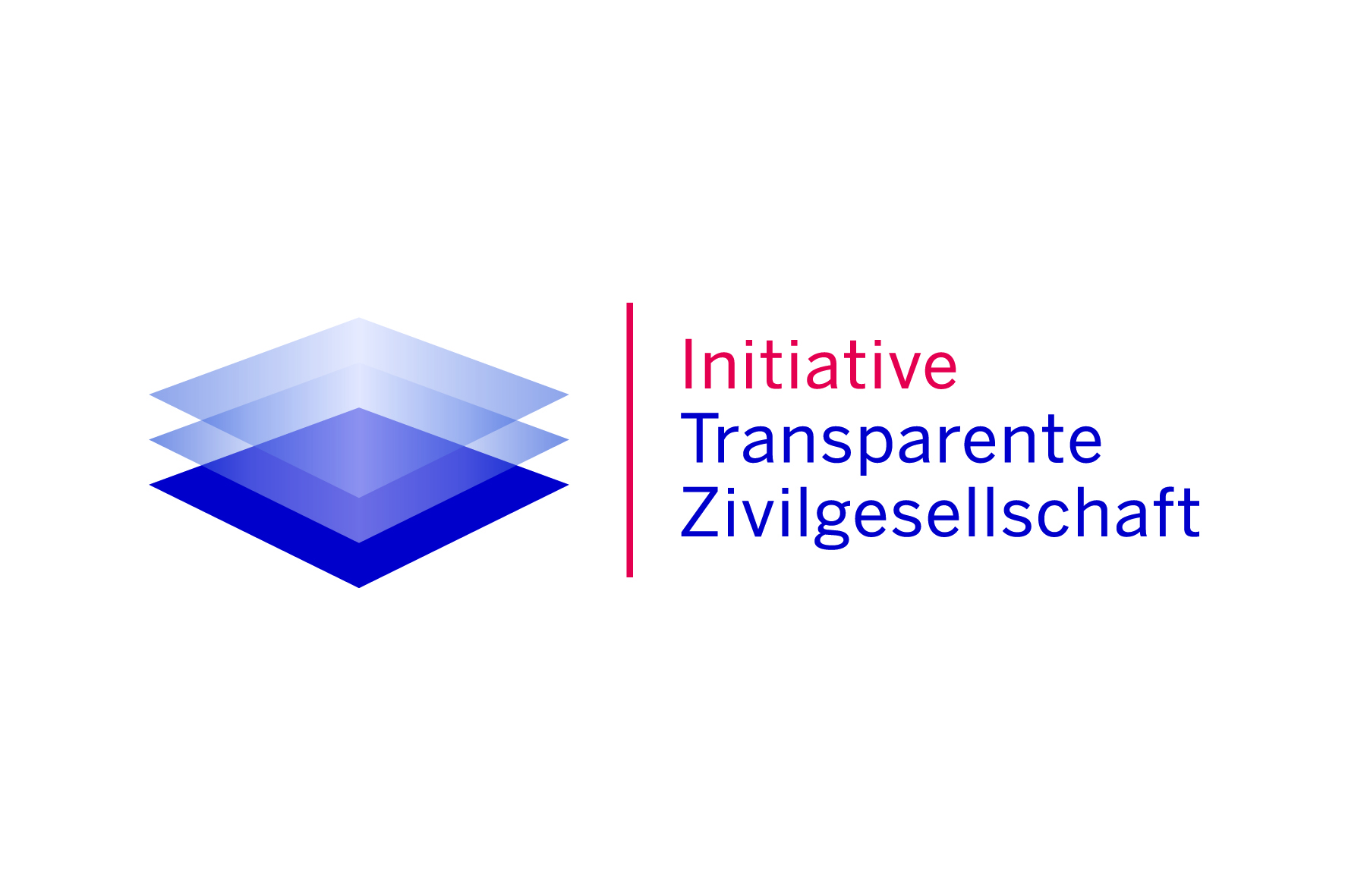Diabetes is one of the world's most widespread diseases and, surprisingly, is also on the rise in Africa. Why is that?
When Wealth Makes People Sick: Diabetes in Africa
In African regions, AIDS and other infectious diseases have been the most widespread diseases up to now. In recent years, however, physical ailments have been added that are not immediately associated with Africa: Obesity and the disease of type 2 diabetes have increased significantly in Africa.
Most diabetics live in cities in South Africa and come from the middle class. The reason for this is the changed lifestyle of the population resulting from the new “wealth” that has been achieved:
- Intensive marketing of fast food, something that was hardly available before.
- Lack of education: parents think they are doing something good for their children if they are given soft drinks like Fanta or Cola to drink instead of water.
- Increasing urbanisation: Many families move to the city where they can no longer grow their own fruit and vegetables due to lack of space. As a result, they automatically move less and eat unhealthier.
- Insufficient exercise of children, young people and adults: Many families have their own car, which they use to travel even very short distances.
- Convenience: Instead of cooking for themselves, families increasingly go to fast food restaurants.
- Expensive food: Poorer population groups in the city cannot afford fresh food, but at the same time have no means of growing their own food and feed themselves on fast food or convenience products.
In addition, people in Africa still associate being overweight with wealth and health. Thin people, on the other hand, are considered poor or suffering from AIDS.
High Mortality From Diabetes in Africa
Compared to other countries, the mortality rate for diabetics in Africa is very high.
The reasons for this are:
- Lack of awareness of the disease
- Late diagnosis
- Lack of or inadequate medical care
- Too few clinics within easy reach
- Expensive treatment that diabetics, who are mainly from the middle class, cannot afford
Preventing Diabetes
Diabetes is a serious disease that (according to the World Health Organisation: Diabetes | WHO | Regional Office for Africa) is estimated to increase to 23.9 million cases in Africa by 2030. Yet this chronic and also very costly disease can be prevented:
- Healthy body weight
- Regular physical activity (at least 30 minutes a day)
- Healthy diet (low in sugar and saturated fats)
- Avoiding tobacco consumption (smoking increases the risk of diabetes and cardiovascular diseases)
Sugar Tax in South Africa
In a bid to combat the rising number of diabetes patients, a sugar tax of approximately 11 % on sugar-sweetened soft drinks was introduced in South Africa in 2018. According to reports, this measure has resulted in the beverage industry reducing the sugar content in their products by a third (Source: WHO).
What Is Diabetes?
Diabetes, also called diabetes mellitus, is a chronic metabolic disease in which the sugar levels in the blood are elevated. A distinction is made between two main forms: diabetes type 1 and diabetes type 2.
Diabetes Type 1
Due to a faulty reaction of the immune system, the body’s own hormone insulin is insufficiently produced. The result is a rise in blood sugar levels that must be treated with insulin injections for the rest of the patient’s life. This type often develops in childhood and adolescence.
Diabetes Type 2
This type is caused by an increasing insensitivity of the body to insulin. This type develops in the course of life and is often caused by obesity, lack of exercise and an unhealthy diet.
Symptoms
Common symptoms of diabetes are:
- Severe thirst
- Frequent urination (even at night)
- Itching
- Loss of appetite or ravenous hunger
- Fatigue
- Feeling of weakness
- Dry skin
If diabetes is detected and treated early, harmful effects and long-term consequences can be delayed or even avoided. It is not uncommon for an untreated disease to lead to blindness, heart attack, stroke, kidney failure or lower limb amputations.







